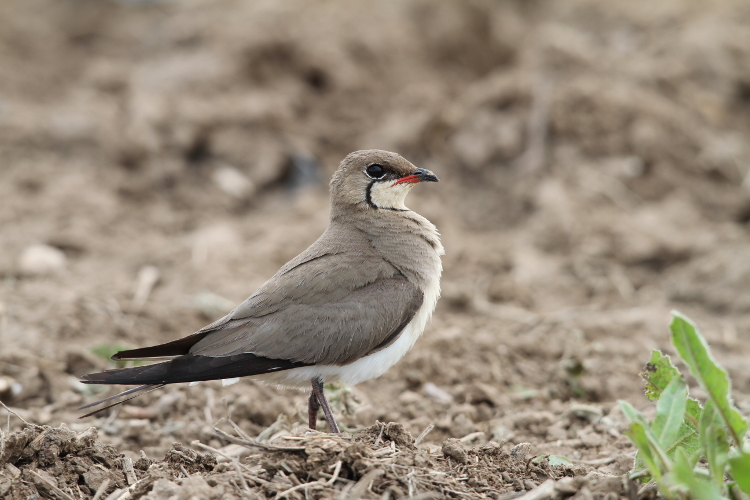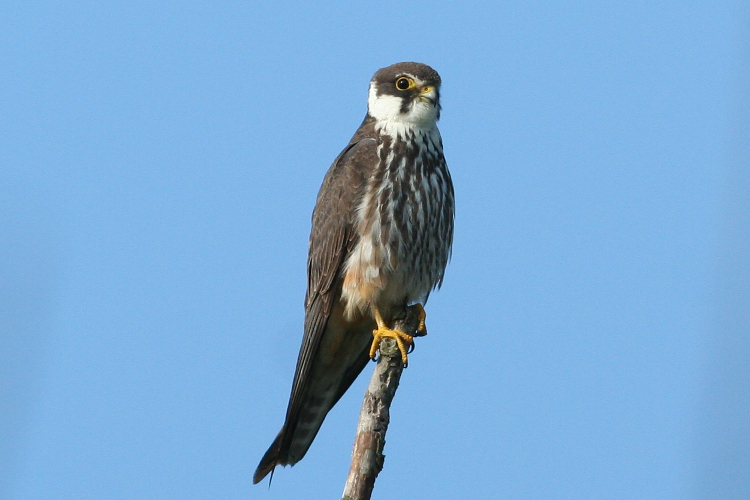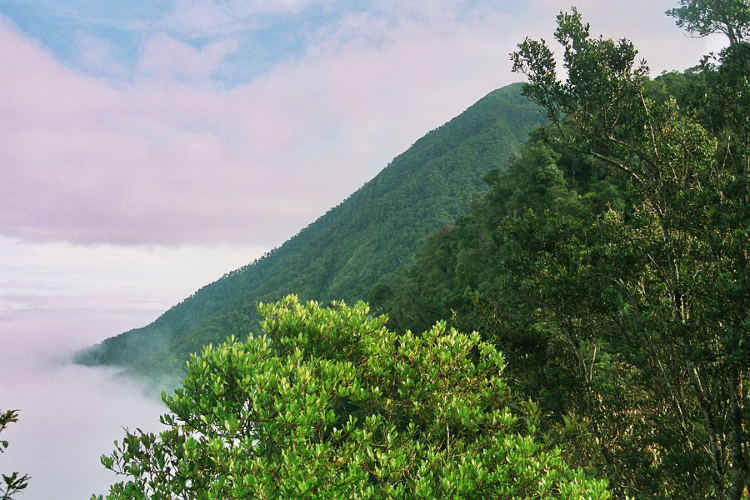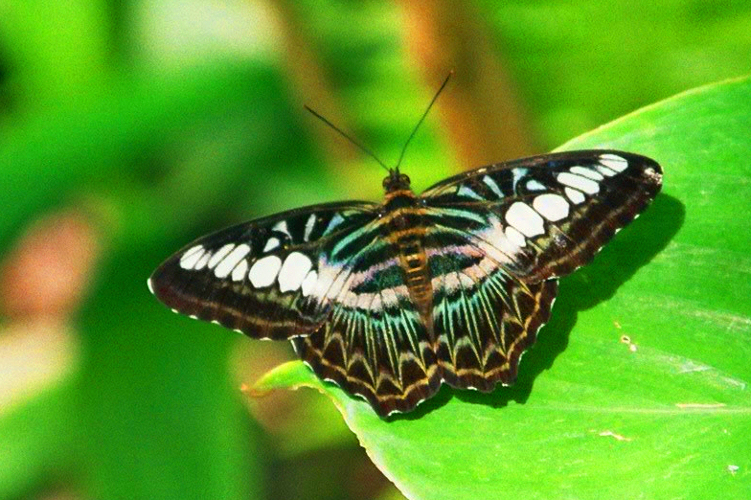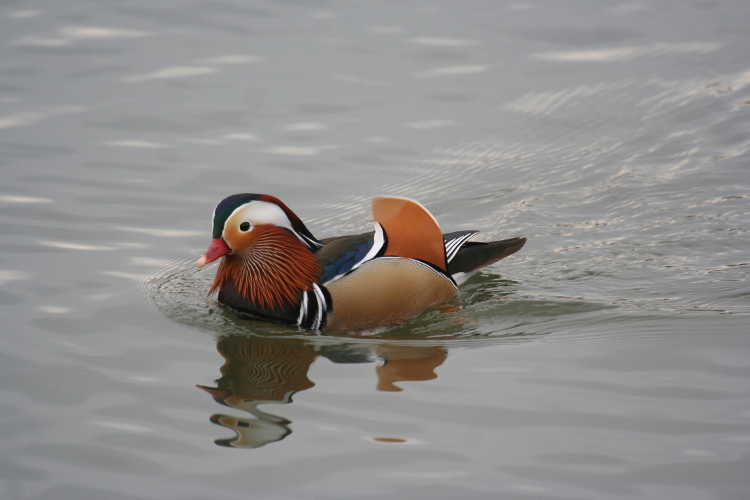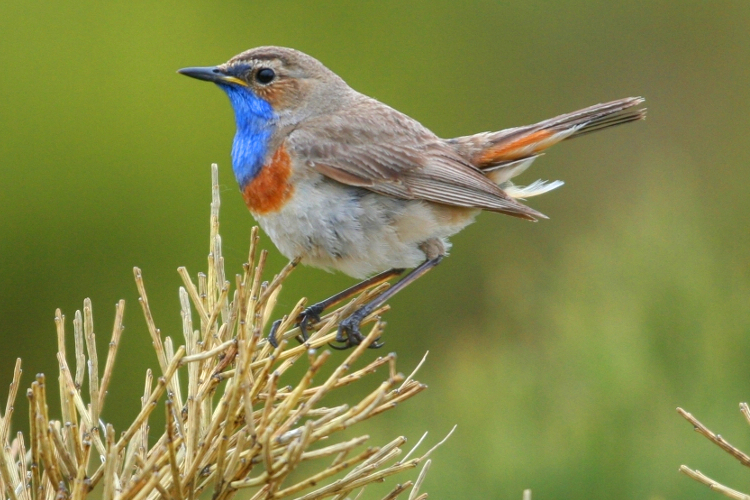LINKS



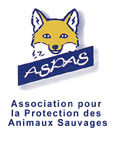

orientalbirdclub
Ayuwat Jearwattanakanok's BS
Tim Laman's WP
Festival de la photo de Montier-en-Der
National Geographic
Birds of the World
IOC World bird list
www.wikiaves.com
www.ornitho.lu
www.ornitho.ch
www.faune-grandest.org
Guislain Simard's macro-photo
jewel-beetles
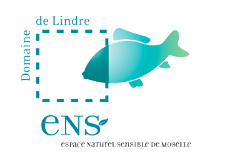





CASTILLA-LEON
Villafifilla
This little village located in an plain area of the province of Castille & Leon is one of the most famous spots for the greater bustard and the lesser kestrel in Spain. To go to Villafifilla by car, take the freeway Madrid-A Corugna, after Tordesillas, exit to Villalpendo, then cross over this small village until opposite and turn left, taking the Villafifilla direction.
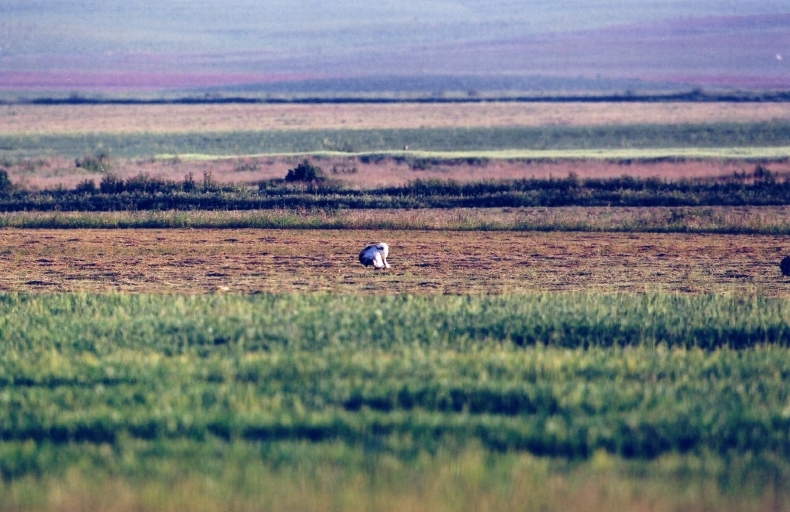
The great bustards can be observed before the entry of the village in the surrounding fields, it is possible to see them parading, motionless, during the period May-June: the male deploys white caudal feathers of the lower part and seems to turn over the white coat of its wing feathers while inflating its jabot; by far, in this position, the bird vaguely evokes a sheep because of its deployed white feathers.
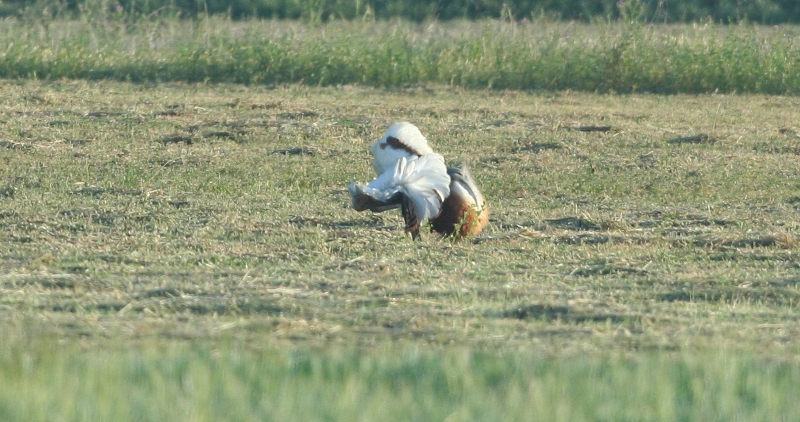
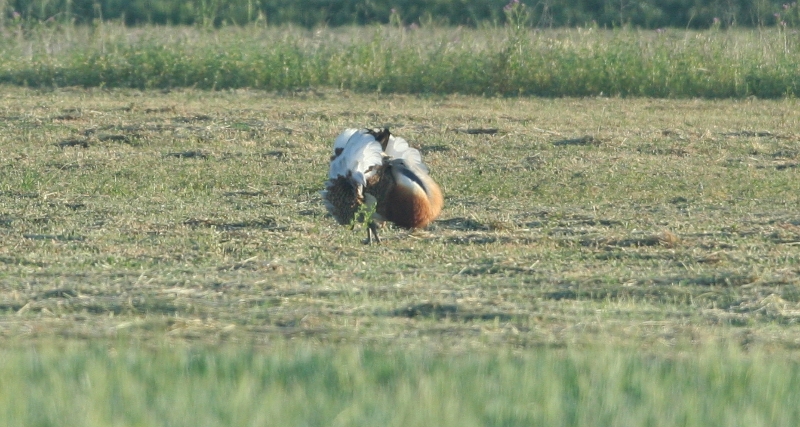
These birds are very wary and must be observed only inside the vehicle, the observer having to provide itself with binoculars or sufficiently powerful objectives to obtain satisfying results.
The great bustard doesn't exist anymore in France, where mechanisation of agricultural methods leads this bird to be completely extirped; the great bustard is present in Spain where approximatively two thousands individual can be found but this specie remains vulnerable.
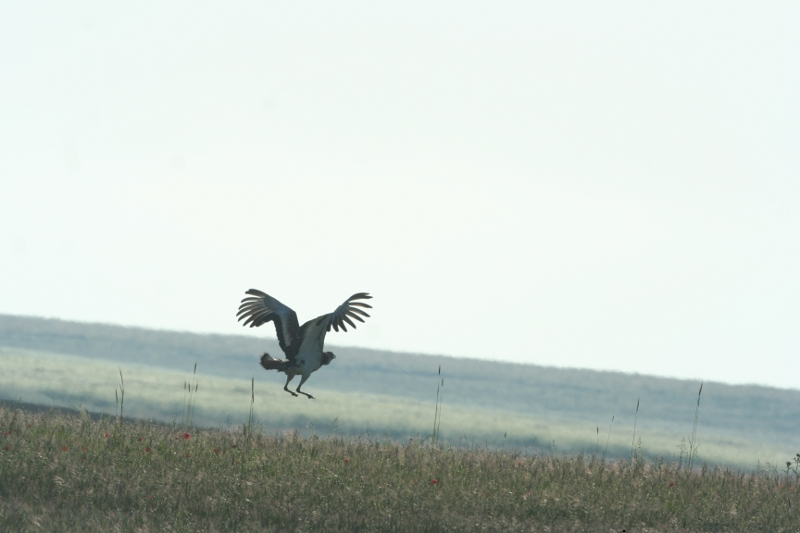
The other major point of observation is located at the other end of the village by taking the Zamora direction (to turn left while arriving at the center of the village), on the line is several unused buildings which are it appointment many birds of which the common and lesser kestrel, the little owl, the short-eared owl and the red partridge.
Sierra de Gredos
This mountainous region constitutes a national park located at approximately one hundred kilometers west of Madrid; one of the principal access is done by the village of Hoyos del Hospinos; since the carpark, a beautiful excursion leads to the top of the mountains to more 2000m for then going down again in the direction of Laguna de Gredos; it is one of some Spanish fields of the Pyrenean ibex, easily observable all the way along course and recognizable with the shape of its horns, slim backwards, which distinguishes it from the Alpean ibex.
A lot of species of birds can be seen here, it should be noted that there are few chances to observe raptors along this course since this zone is absolutely not wooded, these are especially typical sparrows that one can see, for example the ortolan bunting which is easily seen and heard in the neighbourhoods of the carpark, the wheatear is present at any altitude.
As one goes up in altitude, the vegetation is more and more consisted a zone of moor, typical habitat of the eurasian accentor and the bluethroat (to be noted that at this last, most individuals, although pertaining to the race cyanecula with white mirror, except in fact, he do not have any mirror); this bird remains rather unconspicious when he sings, but he can also be very trustful; the song of throat-blue comprises trills and sounds which point out a little the voice of the black redstart but it is much more varied that of this last.
The top of the course, which reaches the 2000m constitutes the habitat of the rock-trush which likes to attend the falls and the alpine lawns into high altitude; he generally sings at the top of a rock and shows himself on this occasion rather wary.
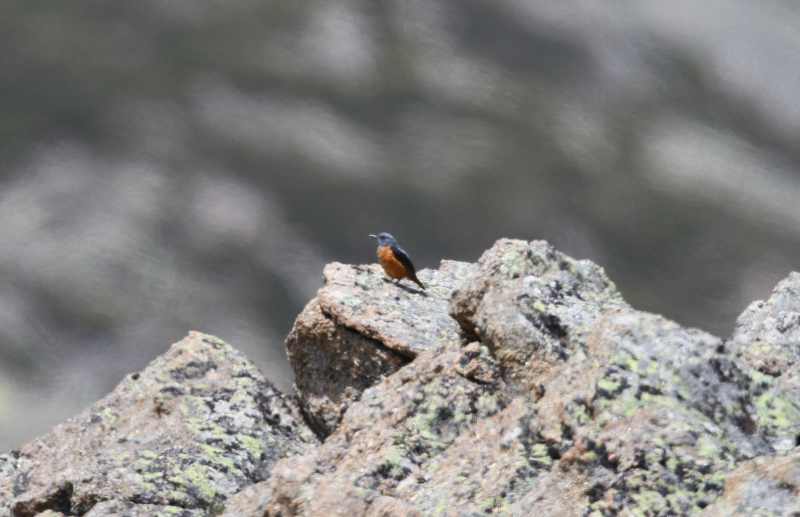
Rio Duraton
The Hoces del Rio Duraton is located close to the town of Sepulveda, in the Segovia province (Castilla-Leon); Sepulveda is localised aproximatively 120km north of Madrid. The entire park covers a little less than 5000 hectares, it is formed by a plateau crossed in his middle by a hollow at the bottom of which the river "Rio Duraton" runs between cliffs of one hundreed meters high, so forming a kind of canyon offering landscape which may seems similar that what be admired at the Monfragüe park (located in Extremadura region). However, Rio-Duraton park is quite different than Monfragüe, it is more woody and greeny with lot of conifers, (apprecied by the woodlark) and cliffs are steeper.
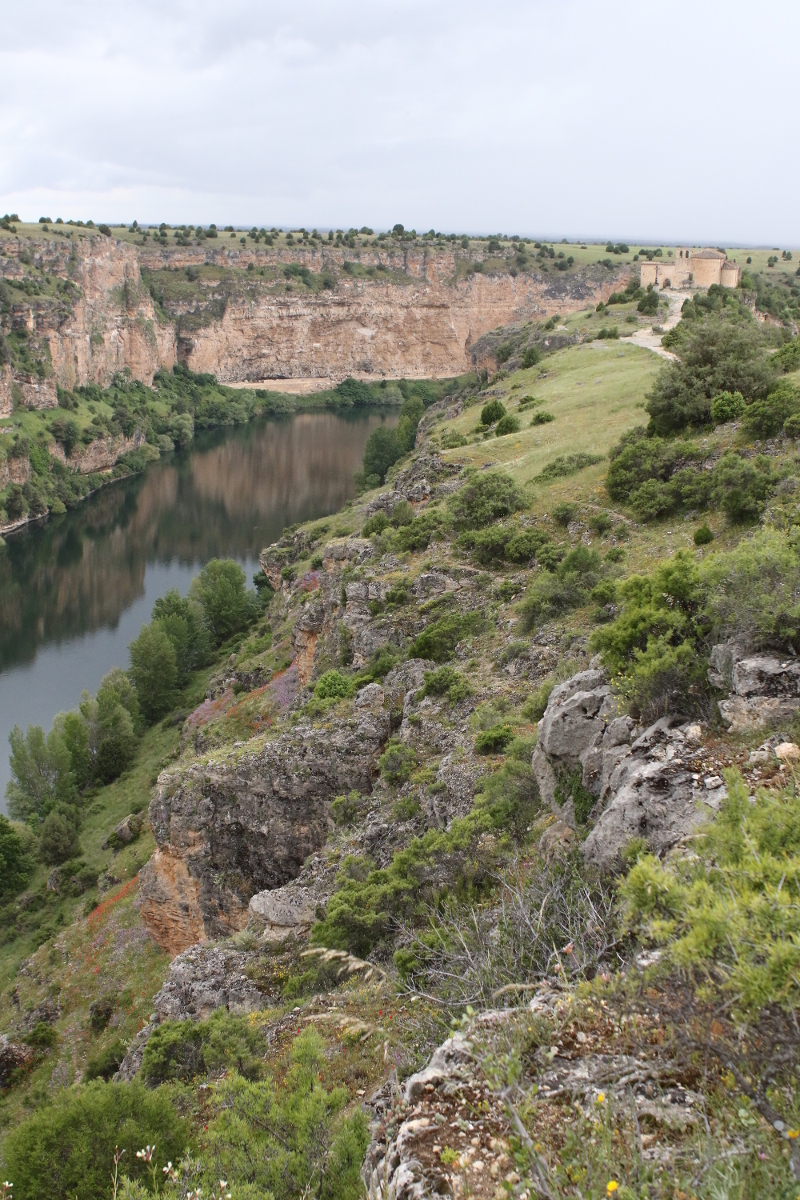
In addition of the beauties of the park, the visitor may admire many curiosities either archeological or historical like the ancient roman hermittage, several caves with bronze age's paintings and also an significant architectural patrimony in Sepulveda, including several churches and museums.
The natural park can be visited through two principal entries, one is located in front of Sepulveda at east end, by this way the visitor can follow a trail at the bottom of the cliffs. The other entry entry of the park is located at the west end (from Sepulveda, follow direction "Ermitia de San-Frutos"), then this way leads to many trails at the top of the cliffs, offering to the visitor superbs panoramic views.
This is the domain of many species of larks as the calandra, greater short-toad lark, Thekla's lark, woodlark and Dupont's lark; this last one stand especially in the rocky landscape with poor grass before the entry of the park; it is always very difficult to sight (especially when it doesn't sing), favoring to stay on floor and moving like a lizard: like this, his coloration remains a perfect camouflage.
The woodchat shrike, the spanish weather, the blue magpie, the orphean warbler and the great bunting remains among common and easily observable passerine birds of the reserve; among crows and allies the observer man find the northern raven, the jackdaw and the chough. Many raptors are present at the Rio-Duraton reserve, african vultures are abundant but aegyptian vulture may be found too (but much less common), black kite is common, red kite is present but less common; most lucky observer have a chance to sight the royal eagle or peregrine falcon.
